The term “minimalist interior design” is often synonymous with bare white rooms, cold surfaces, and a blinding absence of personality. But what if I told you that is a fallacy? True minimalist interior design is not about absence; it’s about intention. It’s a philosophy that allows you to fill your space only with things that you love and that serve a purpose. Have you ever walked into a room and instantly felt calm? That’s the magic of a nicely designed minimalist room.
With a world plagued by continuous noise and clutter, the appeal of a calm and organized home is stronger than it has ever been. Yet how do you find that balance without sacrificing warmth and personality? This book will take you through the practice of minimalist interior design, and lead you to see that it’s not a dead, cookie-cutter style but an extremely personal and adaptable art form that is alive and evolving today. You’ll discover how to create a minimalist haven that’s not only stunning but functional as well, a true reflection of you. And perhaps, just perhaps, we’ll challenge some of your own perceptions about what it is to be a minimalist.
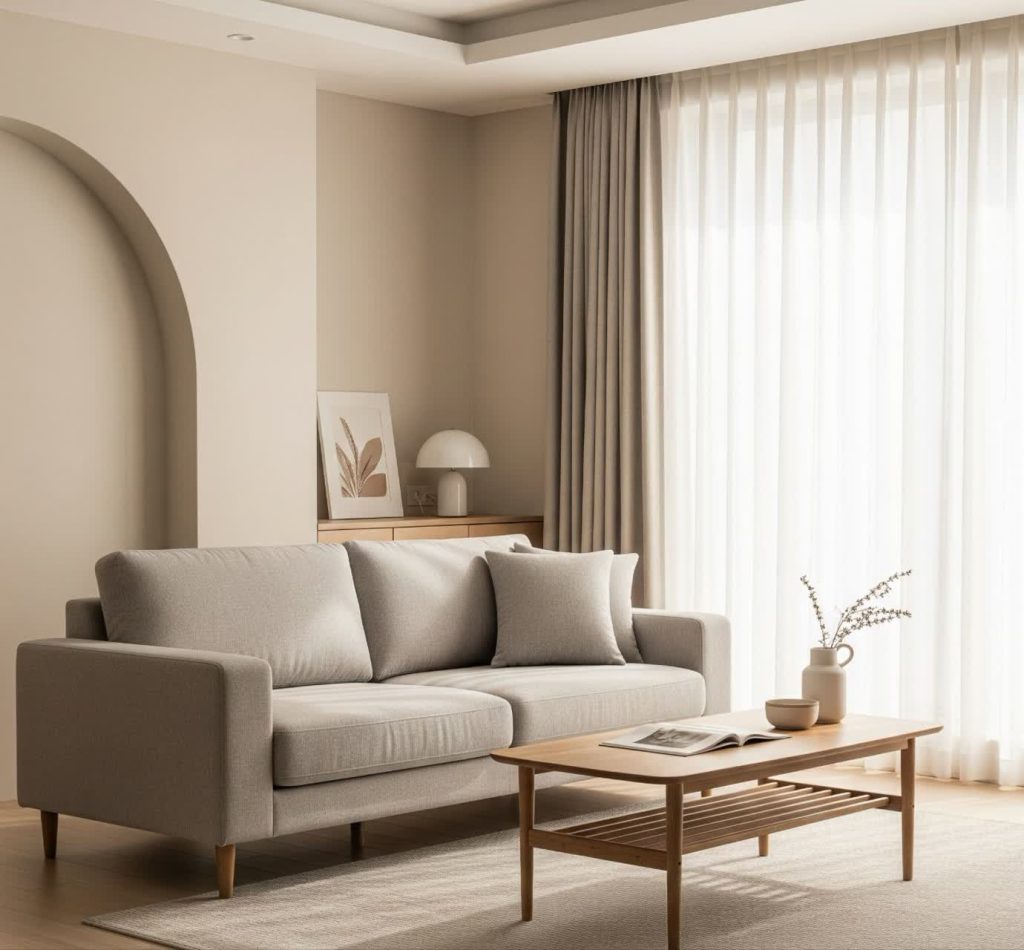
The Soul of a Style: Understanding Minimalist Interior Design Characteristics
In its essence, minimalist interior design is a question of stripping away the extraneous to reveal the essential. It’s a design language that speaks in straightforward lines, uncluttered spaces, and a judicious use of color. But don’t mix up simplicity with laziness. Every item in a minimalist room has a reason for being.
The “Less is More” Philosophy in Action
The classic dictum “less is more“, which architect Ludwig Mies van der Rohe is said to have coined, is the foundation of minimalism. But how does that manifest itself in a living room? It means that every piece of furniture, every piece of decoration, and every hue is meticulously planned out. There is no room for mess or unnecessary frills. This layout not only creates a calming visual environment but also makes cleaning easier, and your home easy to maintain. Think about it , less dusting!
The Power of a Neutral Palette (and a Pop of Color!)
While neutral color schemes or whites, beiges, and grays are a hallmark of minimalist interior design, they aren’t the only answer. A monochromatic palette, using varying tints of a single color, can create a sophisticated, peaceful look. And for color enthusiasts, minimalism doesn’t mean you have to eliminate color altogether. The key is to use it with intention. A single showstopping piece of furniture, a pop of color pillow, or a dramatic piece of art can add a dash of personality and visual interest against a blank slate.
Light, Space, and Clean Lines
Natural light is also a central element in minimalist interior design. It has the ability to make a space look more spacious, airy, and inviting. Large, unadorned windows are common, allowing sunlight to flow into the space. When it comes to architecture, open-plan living is often the choice because it optimizes the feeling of space and ease of movement. Geometric shapes on clean-lined furniture complement the plain appearance.
Your Minimalist Sanctuary: Ideas for Every Room
The principles of minimalist interior design can be applied to every room in your home, creating a cohesive and peaceful living environment. Let’s dive deeper into some practical ideas for refurbishing your space.
The Minimalist Interior Design Living Room: A Haven of Calm
Your living room is often the heart of your home, a place for relaxation and socializing. A minimalist approach can transform it into a tranquil retreat.
Curated Comfort is Key
Forget the notion that minimalist living rooms are cold and uninviting. The trick is to choose furniture that is fashionable yet cozy. A low-profile sofa with firm cushions, a soft area rug to add heat and texture, and a low-slung but stylish coffee table are all you need. Quality is better than quantity. A few well-curated pieces will be more impactful than a room full of ill-matched furnishings.
Smart Storage for Clutter-Free Living
Storage is probably one of the largest challenges in any home. In a minimalist interior design living room, creative storage is essential to maintain a clutter-free space. Think about built-in shelves, a minimalist media console with clean lines and hidden storage, or a stylish ottoman with storage inside. The goal is to keep the everyday items out of sight but in reach.
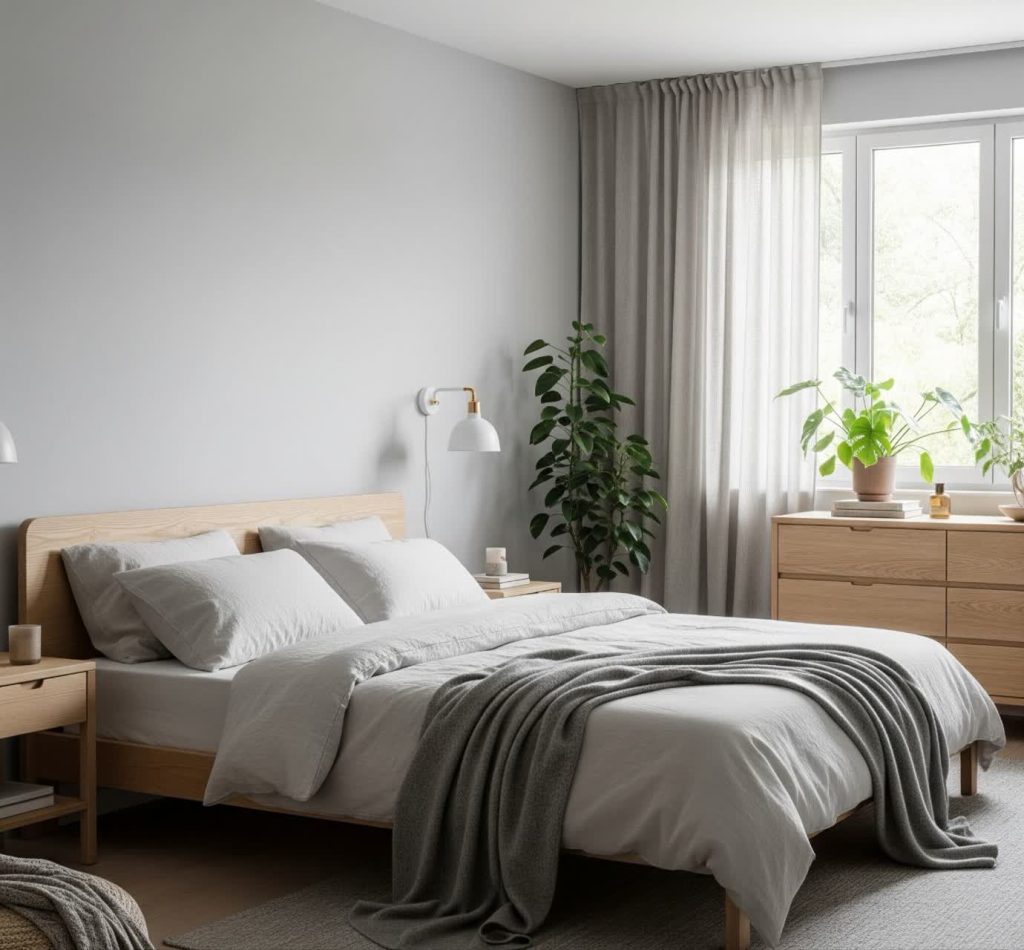
The Minimalist Interior Design Bedroom: Your Personal Retreat
Your bedroom needs to be your sanctuary, an oasis that you can escape the stresses of the day and recoup in. A minimalist interior design bedroom is the epitome of that ideal.
A Bed That Invites Rest
The bed is the focal point of any bedroom, and in a minimalist bedroom, its look is all that matters. Opt for a low-profile bed frame with an unadorned headboard. Natural materials like wood can add warmth and texture. Bedding of high-quality, natural-fiber linens in a subtle color palette. Adding differing textures – a soft wool throw, a crisp cotton duvet – can add depth and warmth without crowding the room.
Functional and Attractive Nightstands
Say goodbye to cluttered nightstands and hello to minimalist, functional nightstands with just enough space for your essentials a book, a glass of water, and a soft-glow lamp. Wall-mounted nightstands are also great for small spaces because they create the illusion of additional floor space.
Modern Minimalist Interior Design Style: A Modern Twist on a Timeless Classic
The “new minimalist interior design style” is a popular variation of minimalism that blends the clean lines and bare spaces of traditional minimalism with the texture and warmth of other styles.
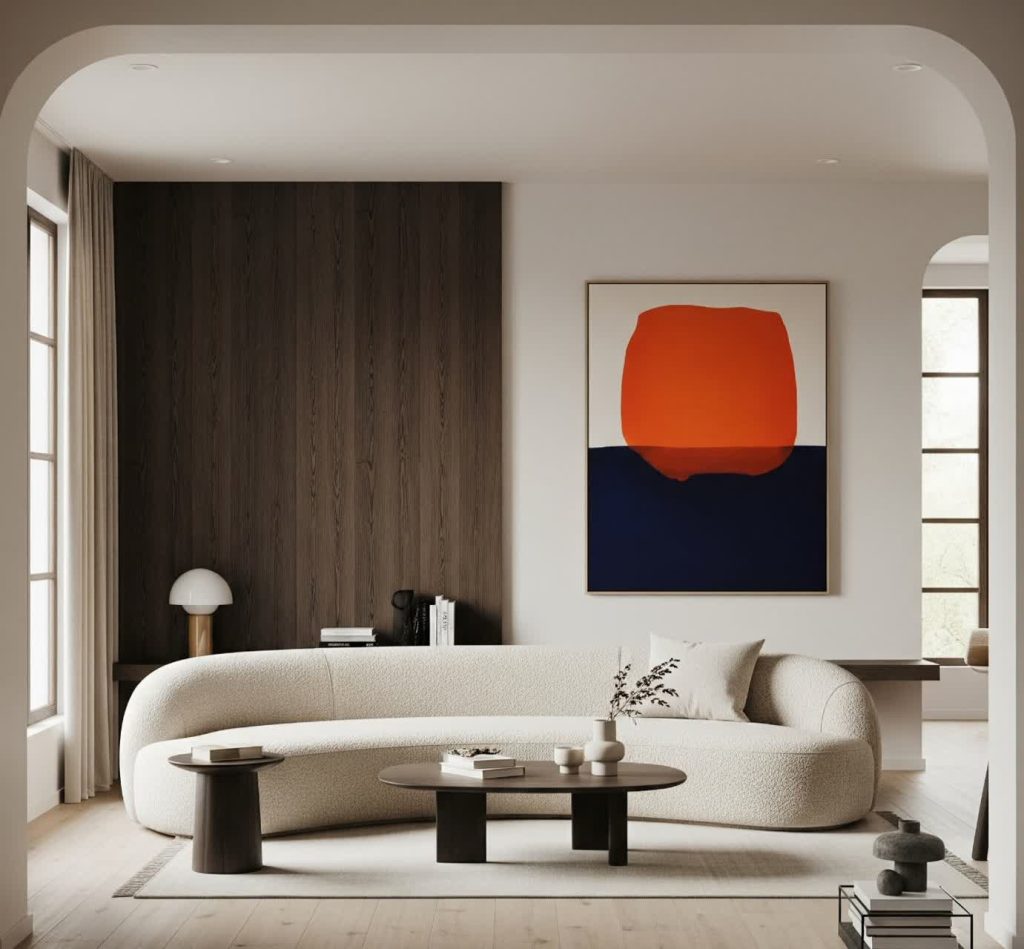
The Marriage of Warmth and Minimalism
Warm minimalism involves creating a space that is simple but inviting. This is achieved with natural materials like wood, stone, and leather, and soft, textured materials like wool, linen, and boucle. The color palette remains largely neutral but with the addition of warm, earthy tones like terracotta, olive green, and muted blues.
Having a Focal Point
Having a focal point is important in a modern minimalist interior design room to add visual appeal. It may be a striking painting, a sculptural light, or a group of furniture with a unique design. The key is choosing one or two stunners that will draw the eye and add personality to the space.
Minimalist Interior Design: Zen and the Art of Finding Your Perfect Match
While the core principles remain the same, there are notable styles of minimalist interior design, each with its own personality.
Japanese Minimalism: Zen and the Art of Simplicity
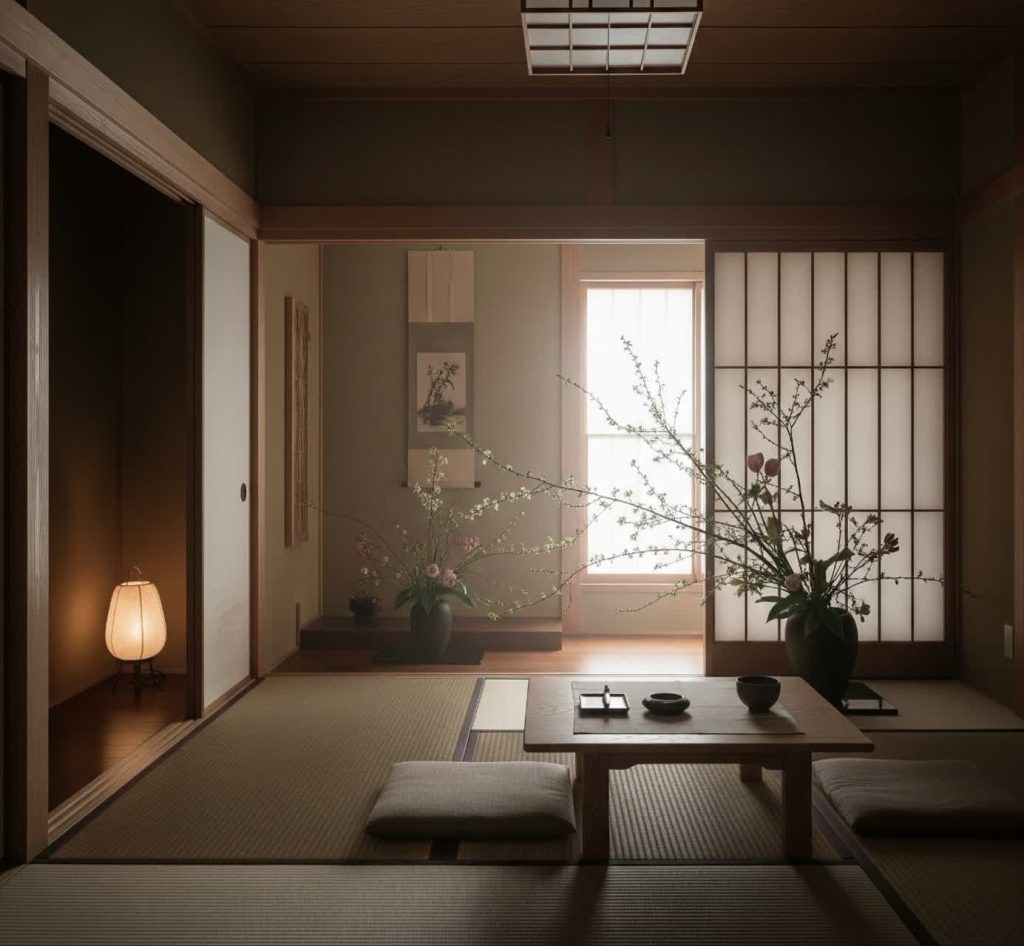
Impacted by traditional Japanese beauty, this style is characterized by its use of natural materials, low sofas and chairs, and strong nature bond. Think sliding paper screens, tatami mats, and a palette inspired by nature.
Scandinavian Minimalism: Hygge and Functionality
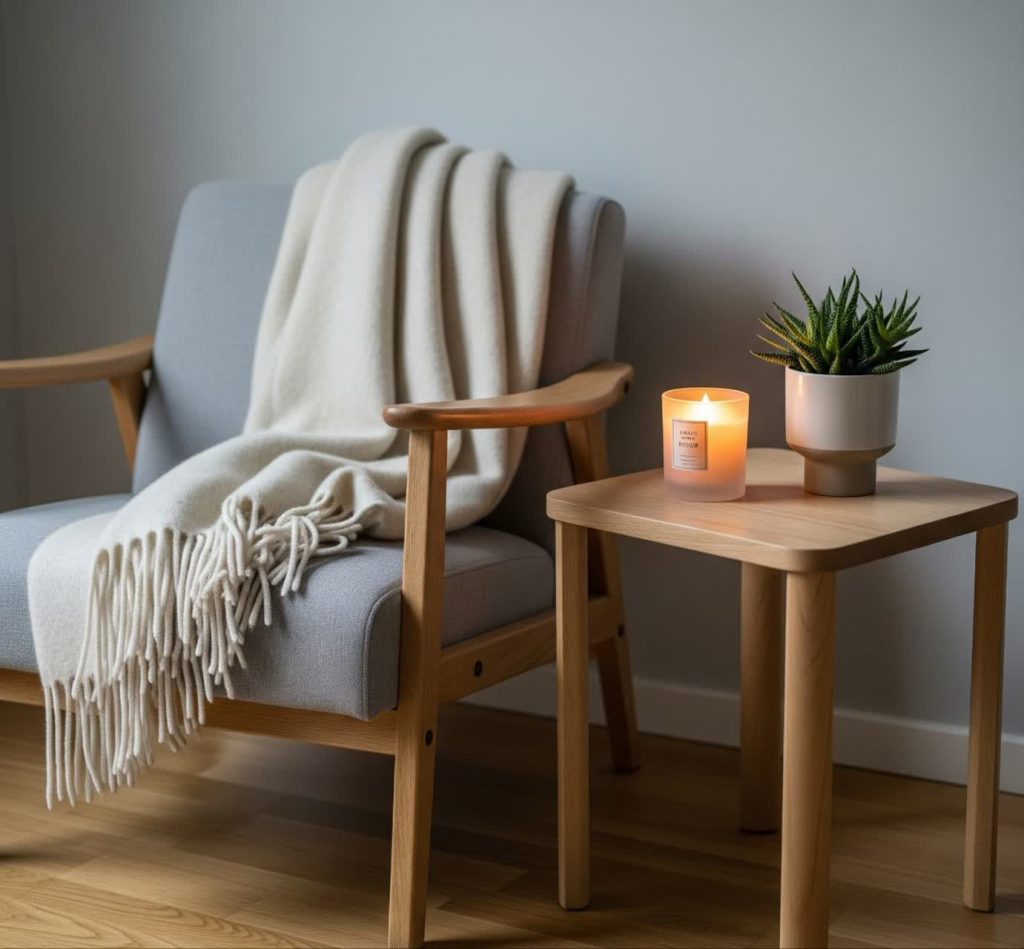
Scandinavian style is characterized by its focus on comfort, usefulness, and an appreciation of natural light. Similar to minimalism, but with more focus on generating a warm and welcoming environment, a feeling referred to as “hygge.”
Minimalist Interior Design for Small House: Making the Most of Your Space
“Minimalist home decor” is what you want for small houses and condominiums. By going through the decluttering process and choosing fashionable but functional furniture, you can achieve the look of greater space and airiness.
Multi-Functional Furniture is Your Best Friend
In a small room, every piece of furniture has to earn its keep. Look for pieces that have more than one function, such as a storage coffee table, a sofa bed for guests, or a dining table that can also be used as a desk.
The Magic of Mirrors

Mirrors are a sneaky tool for the occupant of a small room. They reflect light and create the illusion of depth, making a room appear larger and lighter. The effect of a big mirror in a strategic location can utterly transform a small room.
Summary of Key Points
- Interior design minimalist is not about lack, but about purpose.
- The most important principles are “less is more,” monochromatic color, and focus on space and light.
- You can also warm and invite a minimalist home using natural textures and materials.
- There are different minimalist interior design styles, so there has to be one that resonates with your own personal sense of style.
- Minimalism is an ideal choice for small spaces since it helps you achieve a sense of openness and tranquility.
Have you embraced the minimalist lifestyle? Is it too restrictive? Let us know what you believe and what you’ve learned in the comments below! We’d love to hear from you. And if you liked this article, please share it with your loved ones. For more design inspiration, be sure to check out our other articles on https://serenihouse.com.
FAQ
What is minimalist interior design style?
“Minimalist interior design style” is a style of design in which simplicity, clean lines, and a single-color palette with color as an accent are emphasized. It encourages the application of only the absolute essentials, thereby making the space clutter-free and serene. The focus is on functionality, quality over quantity, and creating a sense of calmness and orderliness.
What are the colors for minimalist interior design?
The color palette for **minimalist home decor** is typically neutral, and white, beige, gray, and black are the most commonly used colors. That does not mean that color is out of bounds, however. Splashes of bold color can be added to create visual interest and personality. The key is to use color wisely and in moderation. For a deeper dive into color psychology and interior design, this article on Verywell Mind is a great resource .
Is minimalism popular now?
Absolutely! Yes, in a world that is busier and more overwhelming than ever, the appeal of minimalism is more widespread than ever. People are drawn to the sense of calm, order, and mission that minimalist interior design offers. The style is also constantly redefining itself with new interpretations like “warm minimalism” and “Japandi” (a blend of Japanese and Scandinavian design) to stay up-to-date.
What are minimalist design principles?
The major principles of minimalist design are:
- Simplicity: Paring down extraneous elements to highlight the necessary.
- Functionality: Every item in the room must have a purpose.
- Clean Lines:Using plain geometric shapes and avoiding complicated details.
- Uncluttered Spaces: Keeping surfaces clear and avoiding overly ornate decoration.
- Neutral Color Palette: Using a minimalist color palette to create an ambiance of harmony.
- Quality rather than Quantity: Spending on tastefully made, timeless pieces rather than numerous trendy items.
- Lighting: Maximizing available lighting in order to create a light and airy atmosphere.
